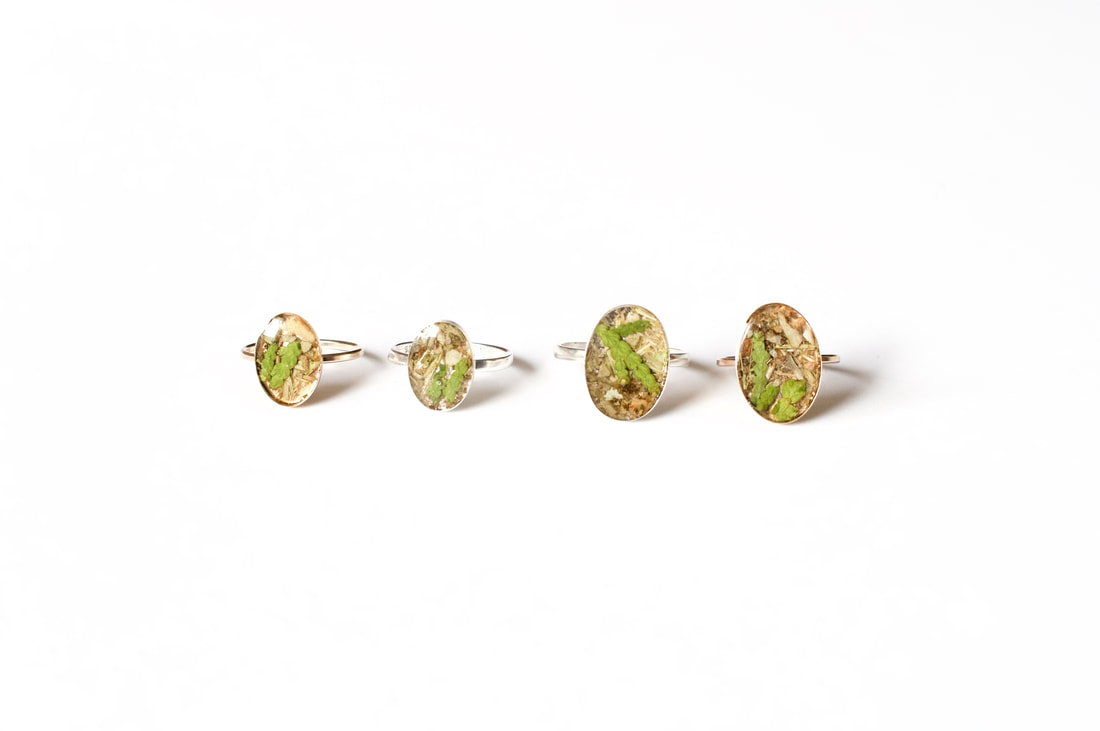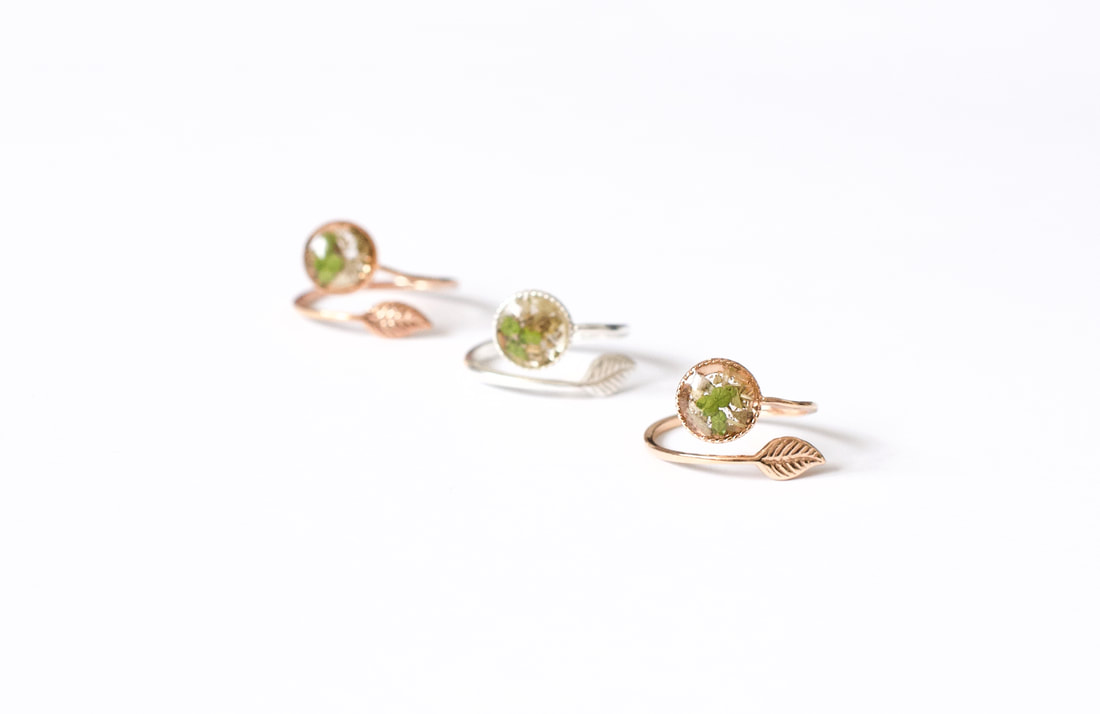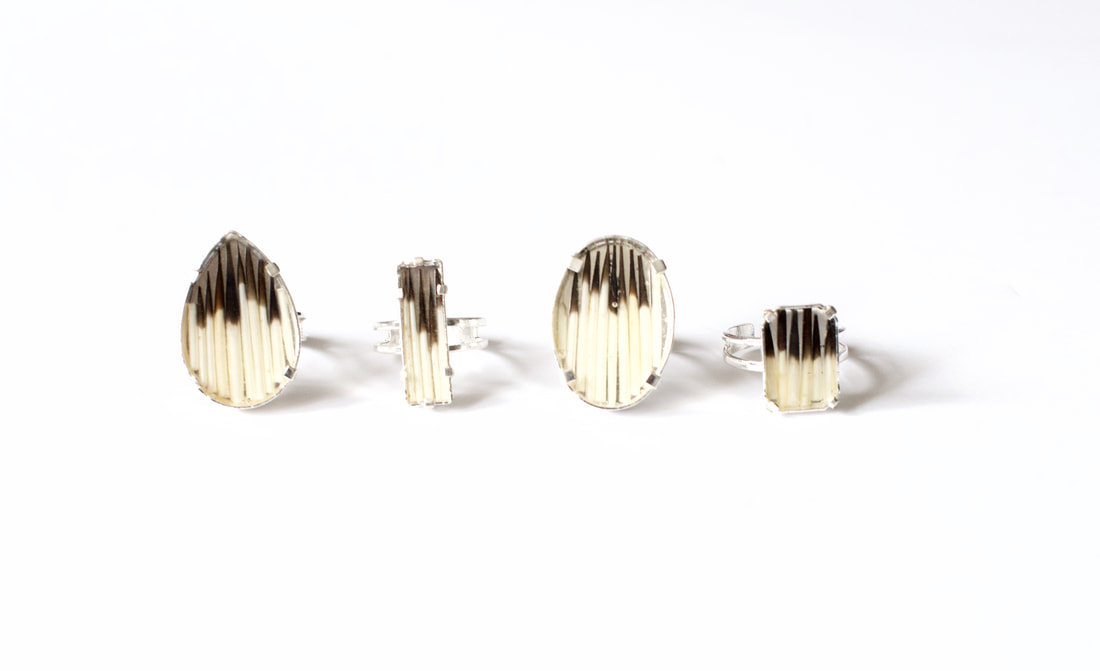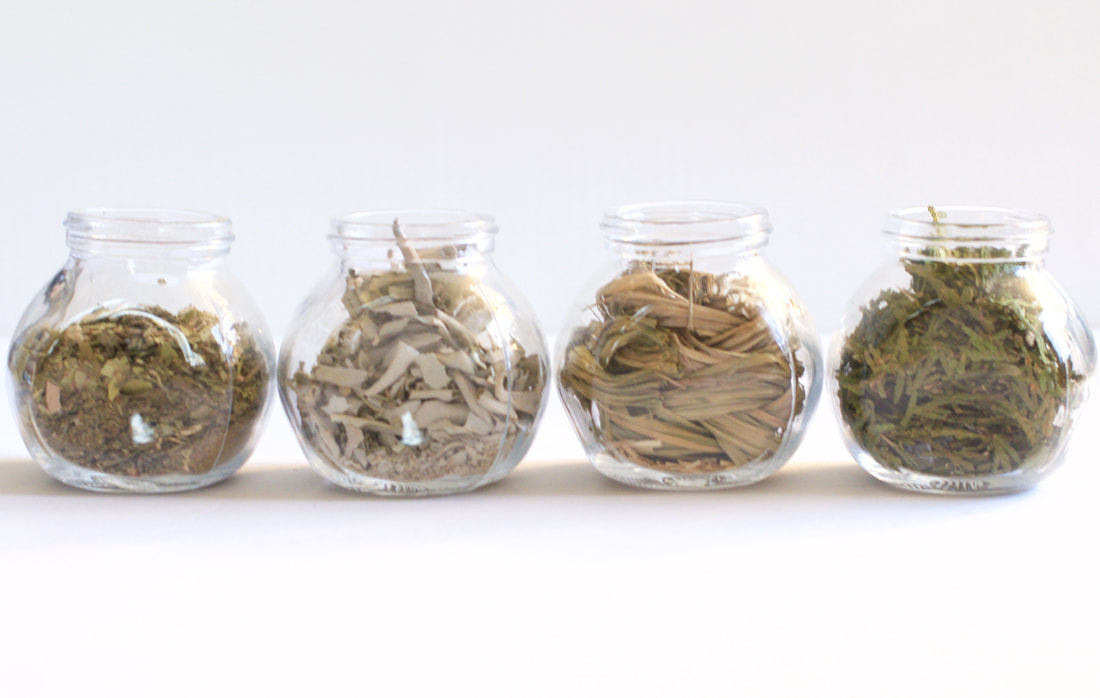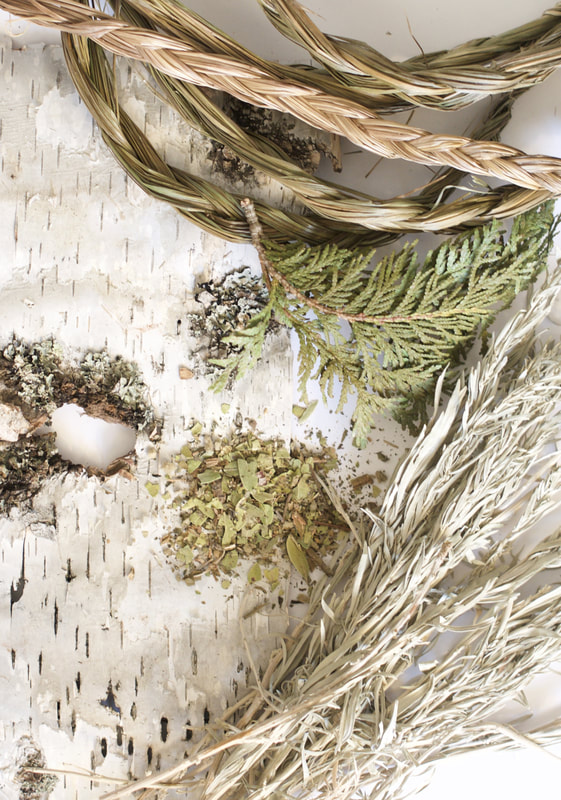Straight from the Earth, Slow Medicine
The Four Medicines are collected locally or from other Native-supporting/Native-owned businesses. These are our scared medicines which hold and keep our connection to Mother Earth and although they have more specific meanings from First Nation to First Nation, we must understand and be mindful they represent the stories of resilience from the past, present and toward the future. These sacred medicines connect you to who they are, it strengthens you.
“NATIVE TEACHINGS ARE ABOUT A WAY OF LIFE”
Native American tribes are very diverse. Cultural teachings, philosophies, and social dynamics differ greatly from one tribe to another. Even within one tribe, stories and teachings may vary from region to region. The teachings here are shared in the Kinoomaagewin Mzinigas - Little Teaching Books and Traditional Teachings and Other Brochures - Anishnaabe Health Toronto (AHT), the medicines may be presented differently in other areas.
Tobacco is the first plant that the Creator gave to Native people. It is the main activator of all the plant spirits. Three other plants, sage, cedar and sweetgrass, follow tobacco, and together they are referred to as the four sacred medicines.
The four sacred medicines are used in everyday life and in ceremonies. All of them can be used to smudge with, though sage, cedar and sweetgrass also have many other uses. It is said that tobacco sits in the eastern door, sweetgrass in the southern door, sage in the west and cedar in the north. Elders say that the spirits like the aroma produced when we burn tobacco and the other sacred medicines.
TOBACCO
Traditional people say that tobacco is always first. It is used as an offering for everything and in every ceremony. “Always through tobacco,” the saying goes. Traditional tobacco was given to us so that we can communicate with the spirit world. It opens up the door to allow that communication to take place. When we make an offering of tobacco, we communicate our thoughts and feelings through the tobacco as we pray for ourselves, our family, relatives and others.
Tobacco has a special relationship to other plants: it is said to be the main activator of all the plant spirits. It is like the key to the ignition of a car. When you use it, all things begin to happen. Tobacco is always offered before picking medicines. When you offer tobacco to a plant and explain why you are there, that plant will let all the plants in the area know why you are coming to pick them.
When you seek the help and advice of an Elder, Healer or Medicine Person, and give your offering of tobacco, they know that a request may be made as tobacco is so sacred. We express our gratitude for the help the spirits give us through our offering of tobacco. It is put down as an offering of thanks to the First Family, the natural world, after a fast. Traditional people make an offering of tobacco each day when the sun comes up.
SAGE
Sage is used to prepare people for ceremonies and teachings. Because it is more medicinal and stronger than sweetgrass, it tends to be used more often in ceremonies. Sage is used for releasing what is troubling the mind and for removing negative energy. It is also used for cleansing homes and sacred items. It also has other medicinal uses. There is male sage and female sage. The female sage is used by women.
CEDAR
Like sage and sweetgrass, cedar is used to purify the home. It also has many restorative medicinal uses. Cedar baths are healing. When cedar is put in the fire with tobacco, it crackles. When it does this, it is calling the attention of the spirits to the offering that is being made. Cedar is used in fasting and sweat lodge ceremonies as a form of protection: cedar branches cover the floor of the sweat lodge and a circle of cedar surrounds the faster’s lodge.
SWEETGRASS
Sweetgrass is the sacred hair of Mother Earth. Its sweet aroma reminds people of the gentleness, love and kindness she has for the people. When sweetgrass is used in a healing circle it has a calming effect. Like sage and cedar, sweetgrass is used for smudging and purification.
More Stories, Tales, and Traditions
Thank you for your patience,
Tashina Lee Emery

